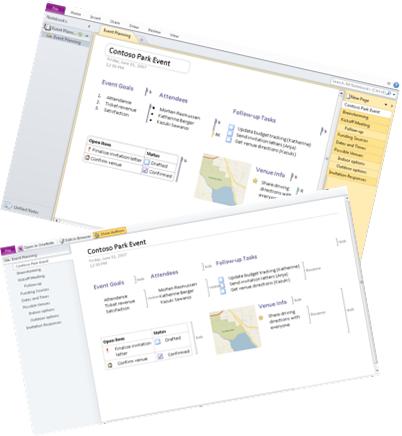

This strength, though, can also be turned on itself if found in the wrong hands. While fingerprinting helps create a lean user experience with fewer logins, it also combats malice. What can hackers do with your ‘fingerprints’?

More importantly, fingerprints are also used as a key fraud detection method. Websites use this information to create a unique identifier, or “fingerprint,” that can be used to track a person’s online activity even if they switch to a different IP addresses or clear their cookies.
 The current level of charge in the device's batteryīoth types of fingerprints are used simultaneously, with some websites collecting more data than others. Network information, such as the device's IP address, MAC address, and network type. Processor type and speed, amount of memory, and storage capacity. Operating system type and version (Windows, macOS, Ubuntu, etc.).
The current level of charge in the device's batteryīoth types of fingerprints are used simultaneously, with some websites collecting more data than others. Network information, such as the device's IP address, MAC address, and network type. Processor type and speed, amount of memory, and storage capacity. Operating system type and version (Windows, macOS, Ubuntu, etc.).  The fonts installed on the user's deviceĪ device fingerprint is similar to a browser fingerprint, but it goes deeper into the device hardware – whether it’s a workstation, laptop, tablet, or even a phone – rather than just the browser. Browser plugins/add-ons/extensions and their versions. Chrome, Firefox, Safari, Edge – as well as other data at the time they visit the site. Browser fingerprint and device fingerprintĪ browser fingerprint is a collection of information that a website gathers about a user's web browser – i.e. While ‘fingerprints’ are useful in various ways, they’re crucial in detecting and preventing identity theft and fraud. In addition to cookies, websites use ‘fingerprinting’ to collect information about a user’s web browser, hardware, device configuration, time zone, and even behavioral patterns, to authorize a legitimate user or de-authorize an impostor. Websites today collect troves of information about visitors, not only for advertising, business optimization and user experience, but also for security purposes.
The fonts installed on the user's deviceĪ device fingerprint is similar to a browser fingerprint, but it goes deeper into the device hardware – whether it’s a workstation, laptop, tablet, or even a phone – rather than just the browser. Browser plugins/add-ons/extensions and their versions. Chrome, Firefox, Safari, Edge – as well as other data at the time they visit the site. Browser fingerprint and device fingerprintĪ browser fingerprint is a collection of information that a website gathers about a user's web browser – i.e. While ‘fingerprints’ are useful in various ways, they’re crucial in detecting and preventing identity theft and fraud. In addition to cookies, websites use ‘fingerprinting’ to collect information about a user’s web browser, hardware, device configuration, time zone, and even behavioral patterns, to authorize a legitimate user or de-authorize an impostor. Websites today collect troves of information about visitors, not only for advertising, business optimization and user experience, but also for security purposes.








 0 kommentar(er)
0 kommentar(er)
